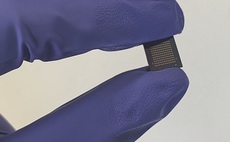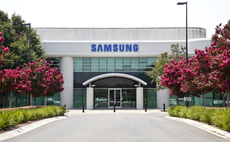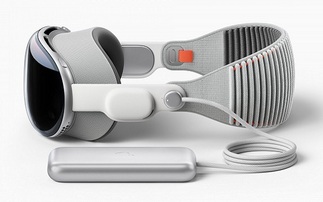IDC predicts smartwatch adoption will soar 133 percent this year
The Apple Watch will help drive wearable technology shipments to 45.7 million in 2015 and as high as 126 million by 2019 as the market grows rapidly. Analyst house IDC's Worldwide Quarterly Wear...
To continue reading this article...
Join Computing
- Unlimited access to real-time news, analysis and opinion from the technology industry
- Receive important and breaking news in our daily newsletter
- Be the first to hear about our events and awards programmes
- Join live member only interviews with IT leaders at the ‘IT Lounge’; your chance to ask your burning tech questions and have them answered
- Access to the Computing Delta hub providing market intelligence and research
- Receive our members-only newsletter with exclusive opinion pieces from senior IT Leaders






















